The 36th APS, which took place in Lorne, Victoria, from November 20-23, featured talks on a wide range of polymer science topics from both local and international speakers.
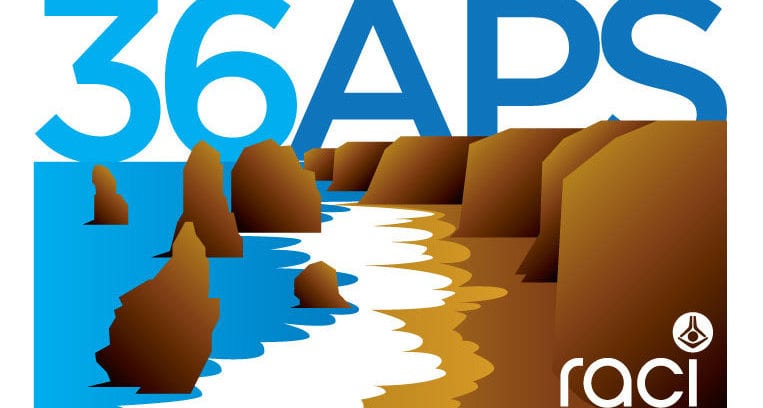

The 36th APS, which took place in Lorne, Victoria, from November 20-23, featured talks on a wide range of polymer science topics from both local and international speakers.
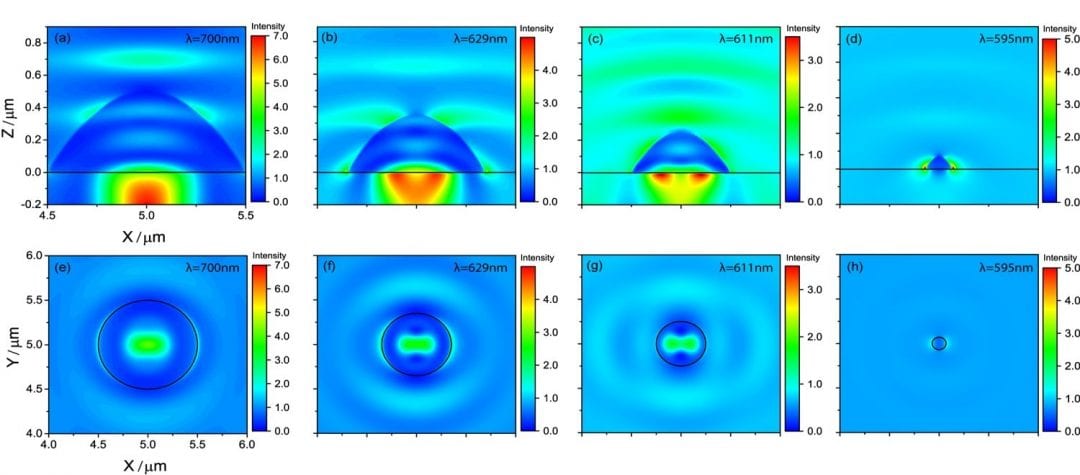
Researchers from EMPA, the Swiss Federal Institute for Science and Technology, present light scattering enhancement at the absorption edge in dewetting droplets of cyanine dyes.
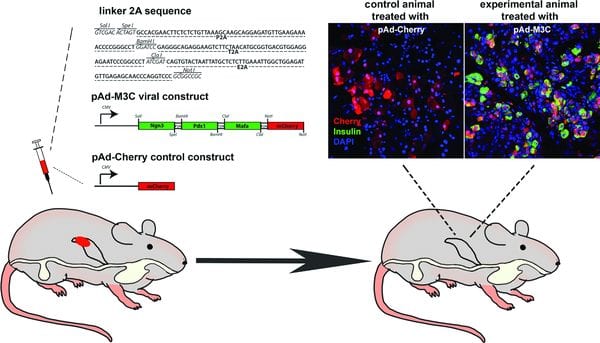
A robust and reproducible method for “direct programming” of acinar cells into functional beta cells with a polycistronic viral construct and viral transduction of pancreatic tissue in vivo in mice is described.
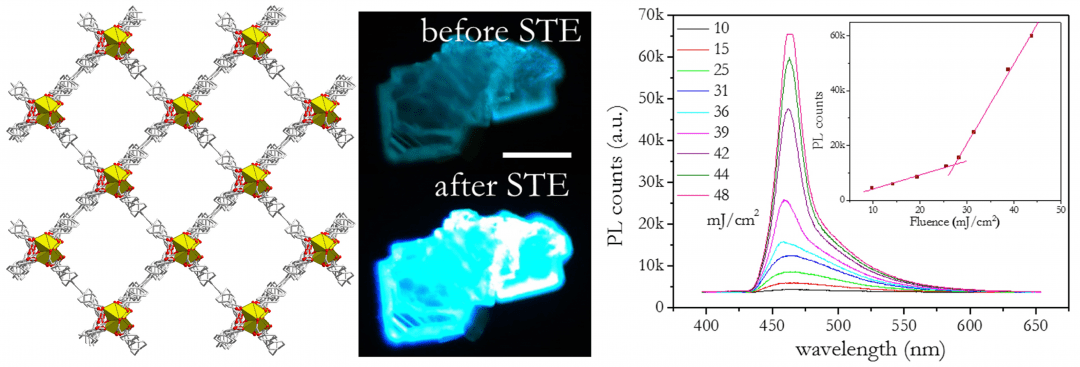
An international team suggest that coordination network materials, in particular MOFs, will be a useful platform for low-threshold lasers for diverse applications.
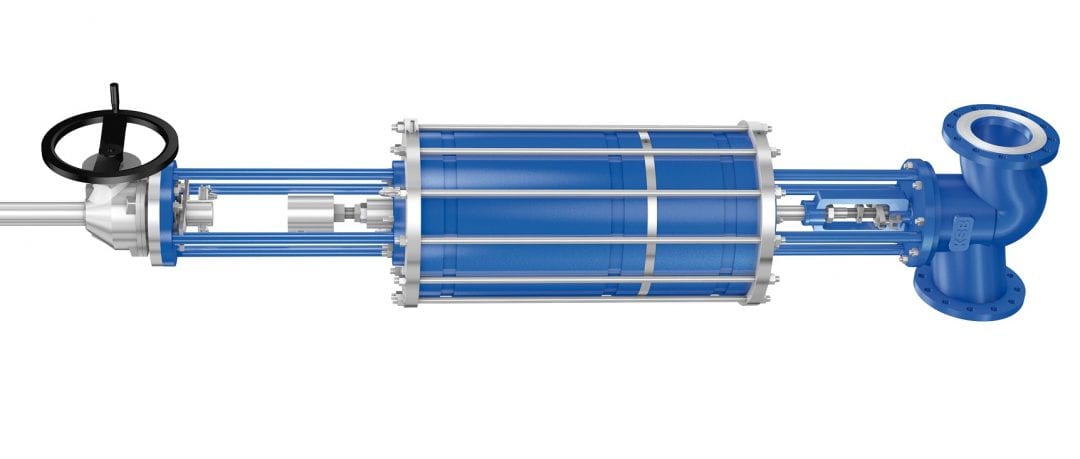
KSB introduced a new pneumatic actuator with tandem piston for valves with linear stem movement.
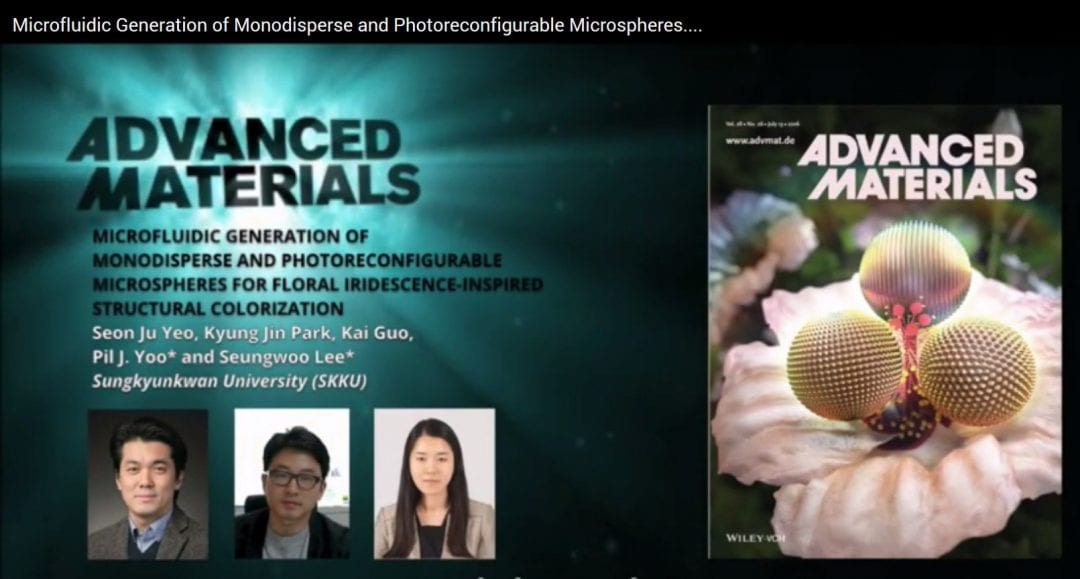
The color produced by microscopically structured surfaces can be controlled by with the microfluidic preparation of monodisperse photoreconfigurable microspheres.
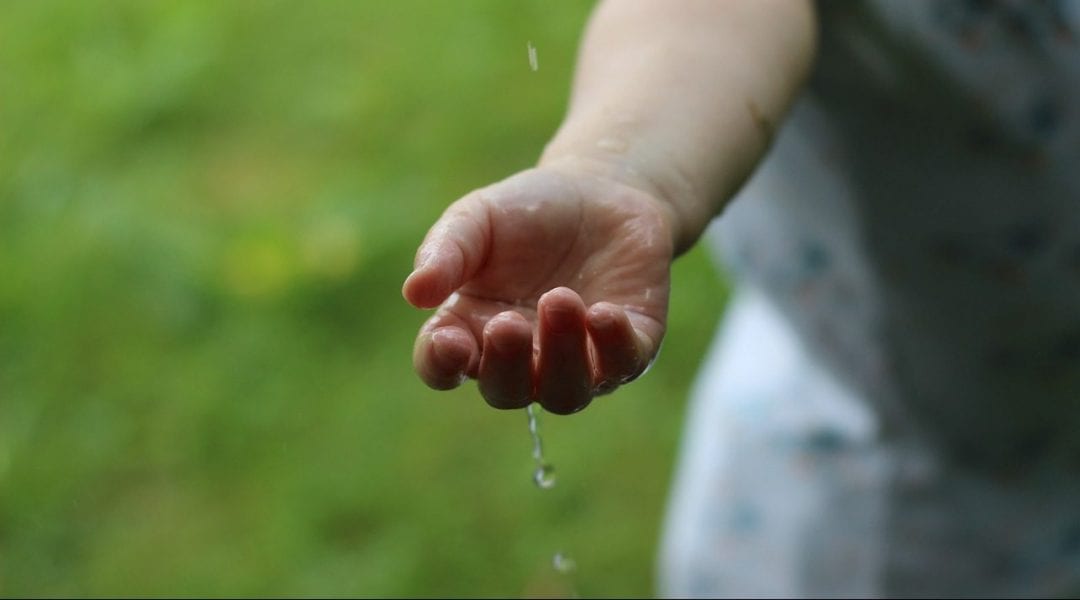
The editors of Advanced Sustainable Systems asked Ken Alston to briefly describe the idea behind Cradle to Cradle.
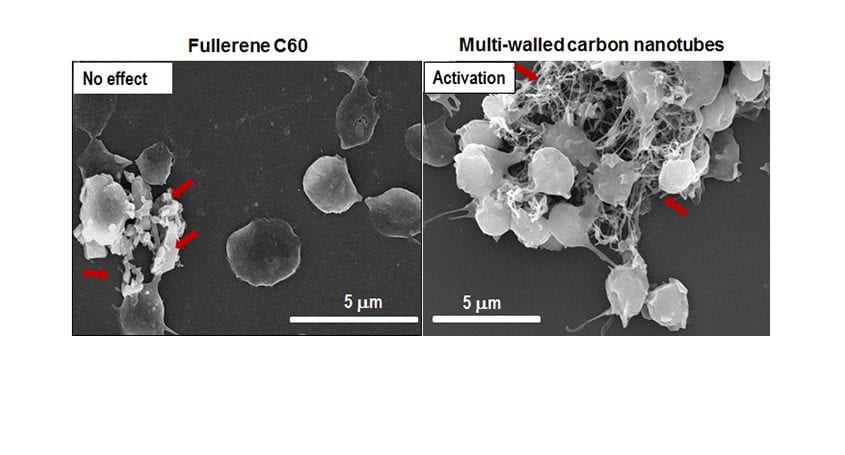
Investigating how nanomaterials interact with the components involved in blood coagulation is an important step towards utilizing nanomedicine safely without causing dysregulation of hemostasis that could result in serious thrombotic and/or hemorrhagic pathologies.
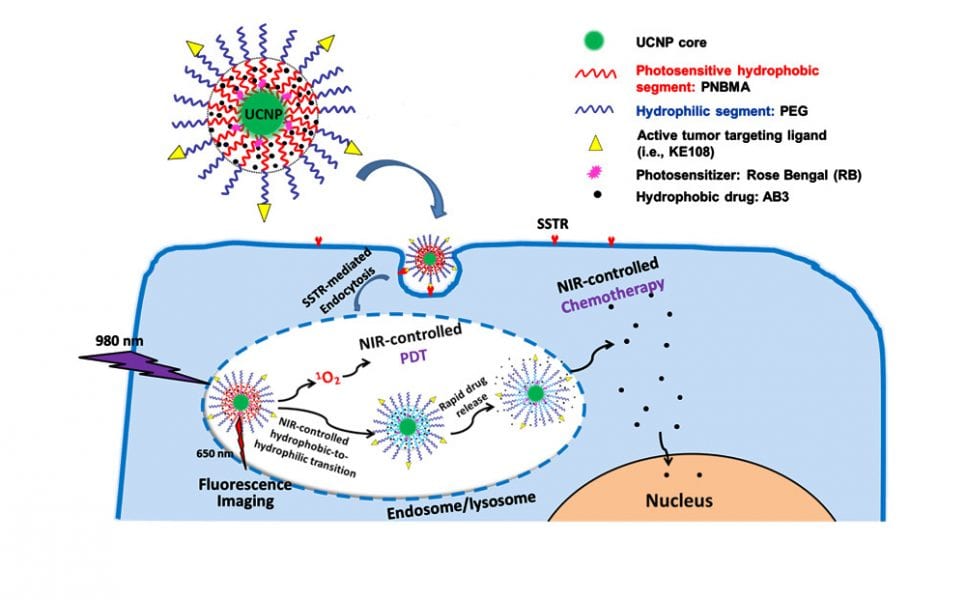
Upconversion nanoparticle-based micelles for neuroendocrine tumor theranostics.

A new MMC has been developed composed of SiCp reinforced PM 316l materials with acceptable corrosion properties and increased wear resistance.